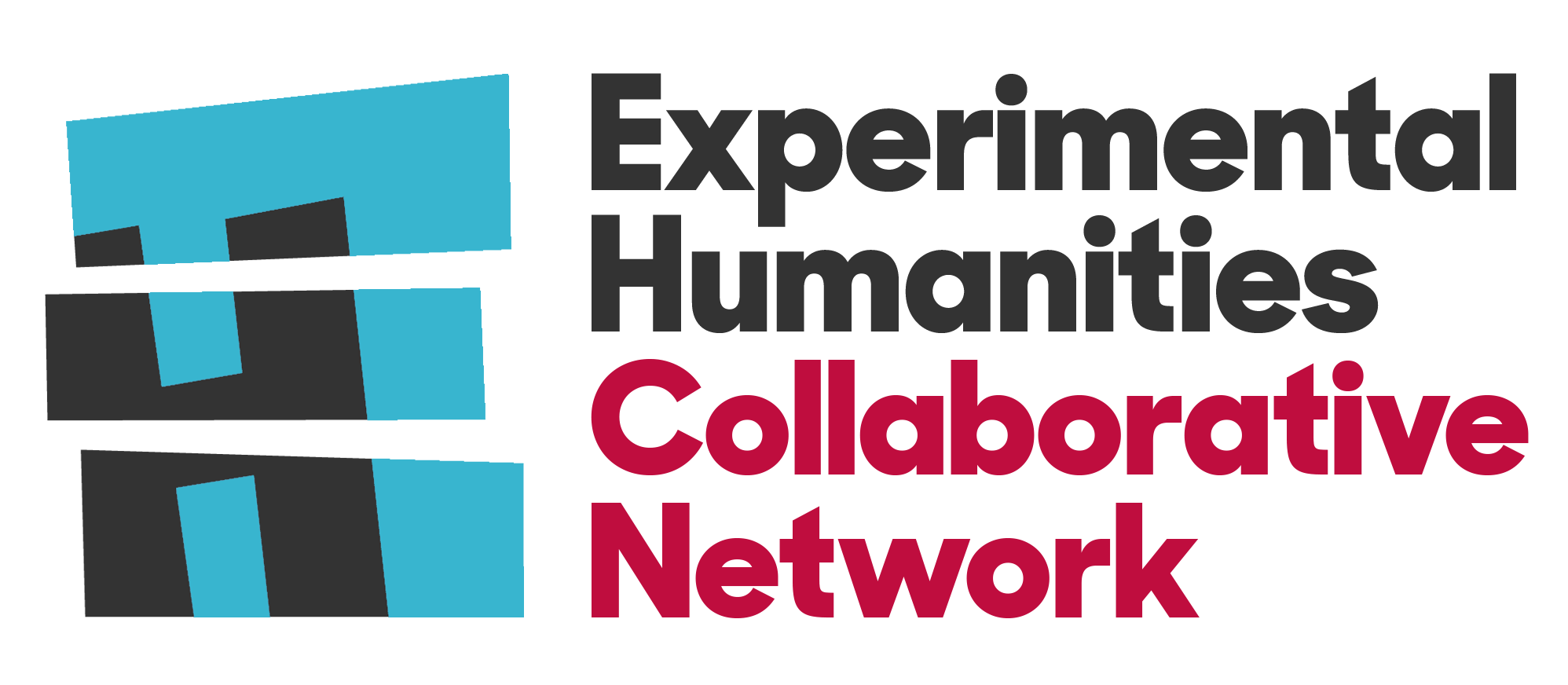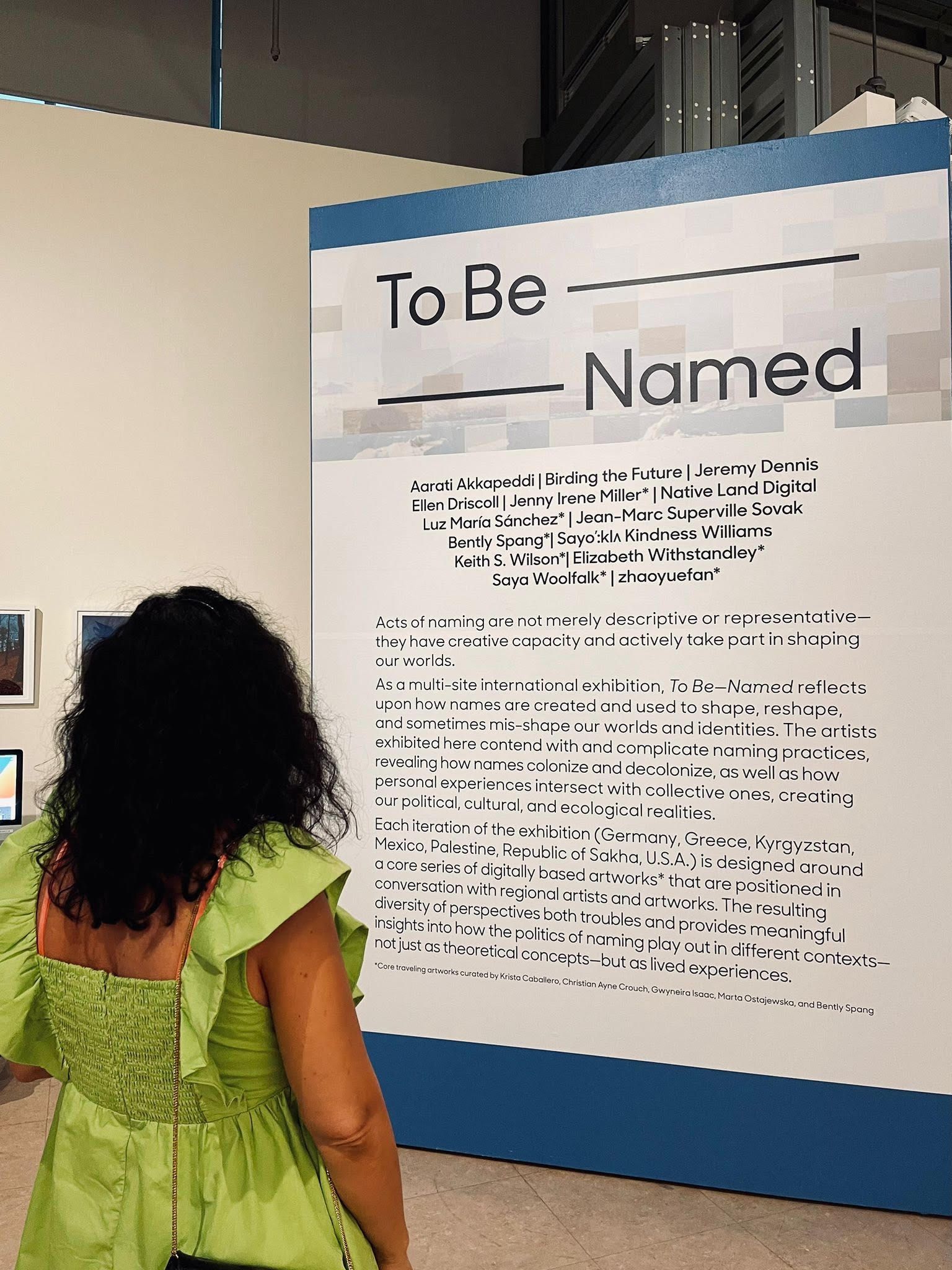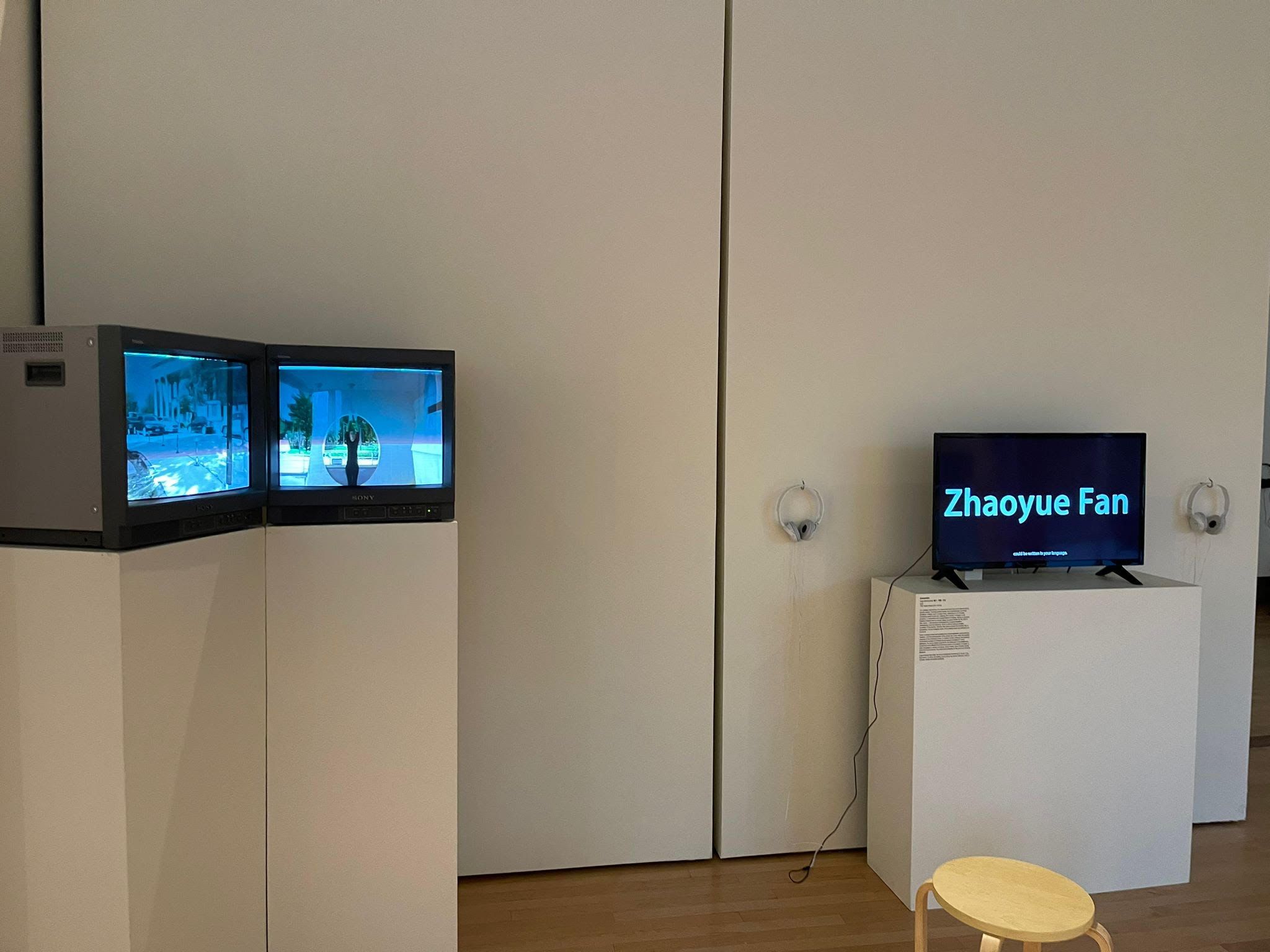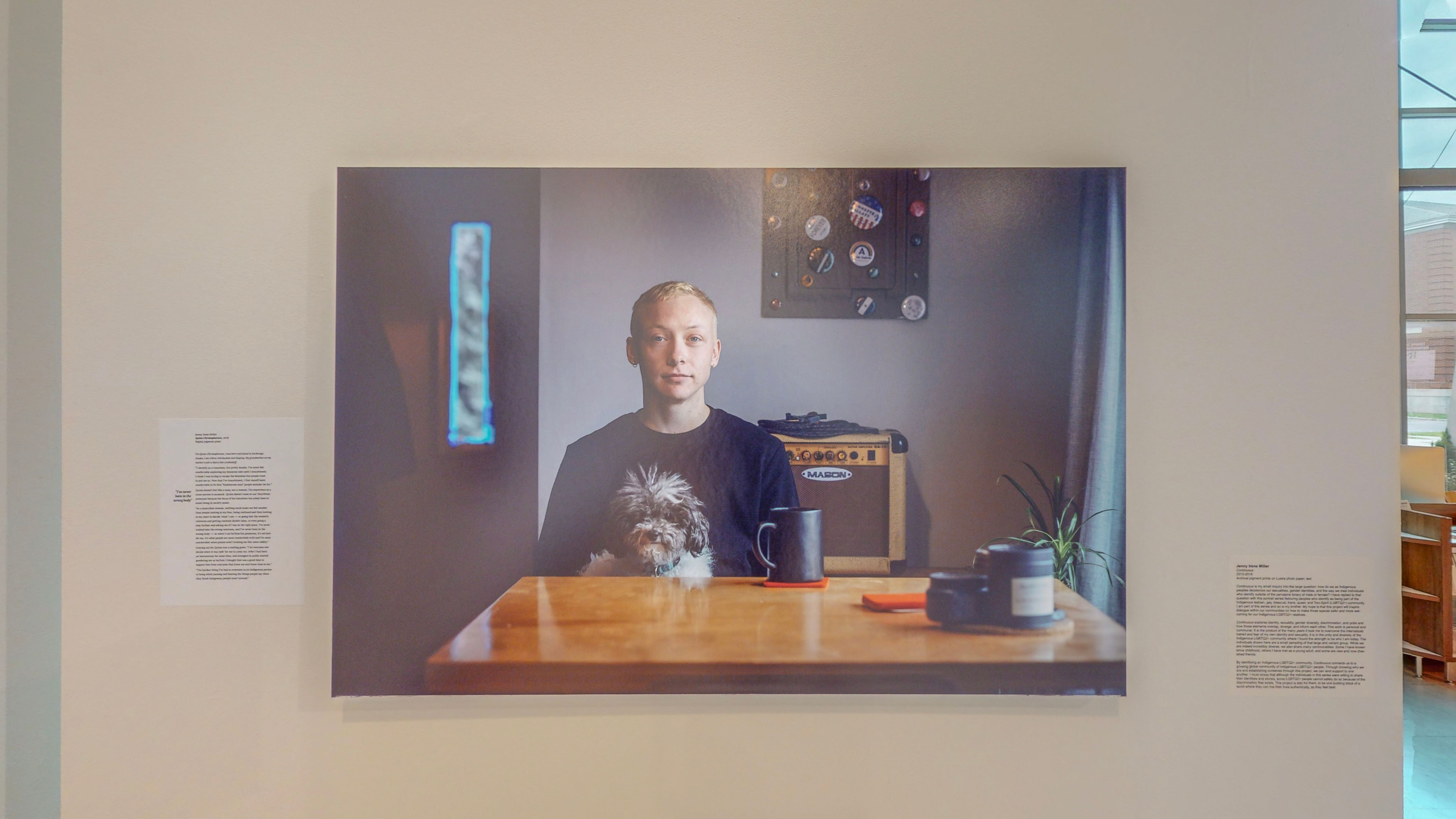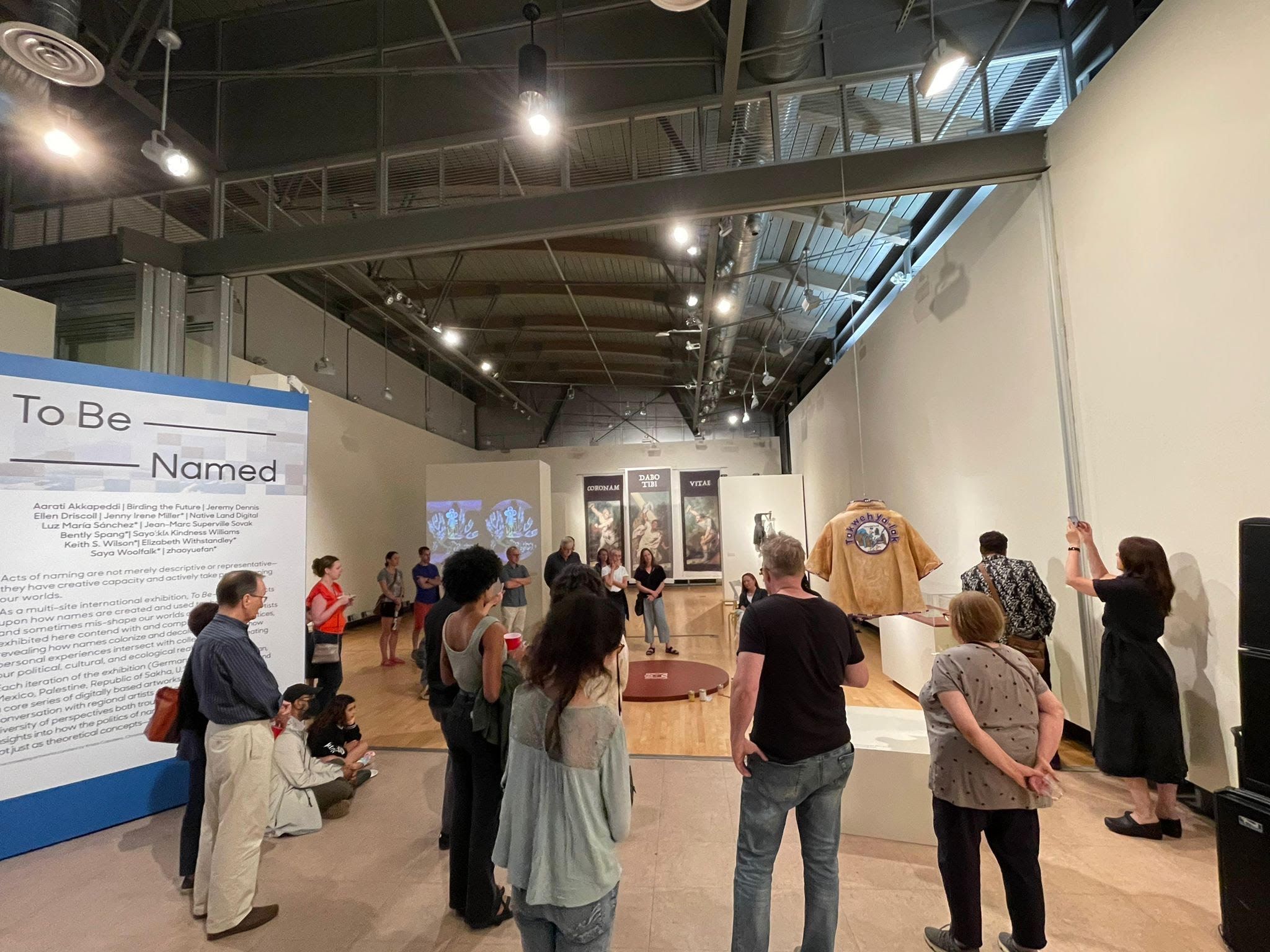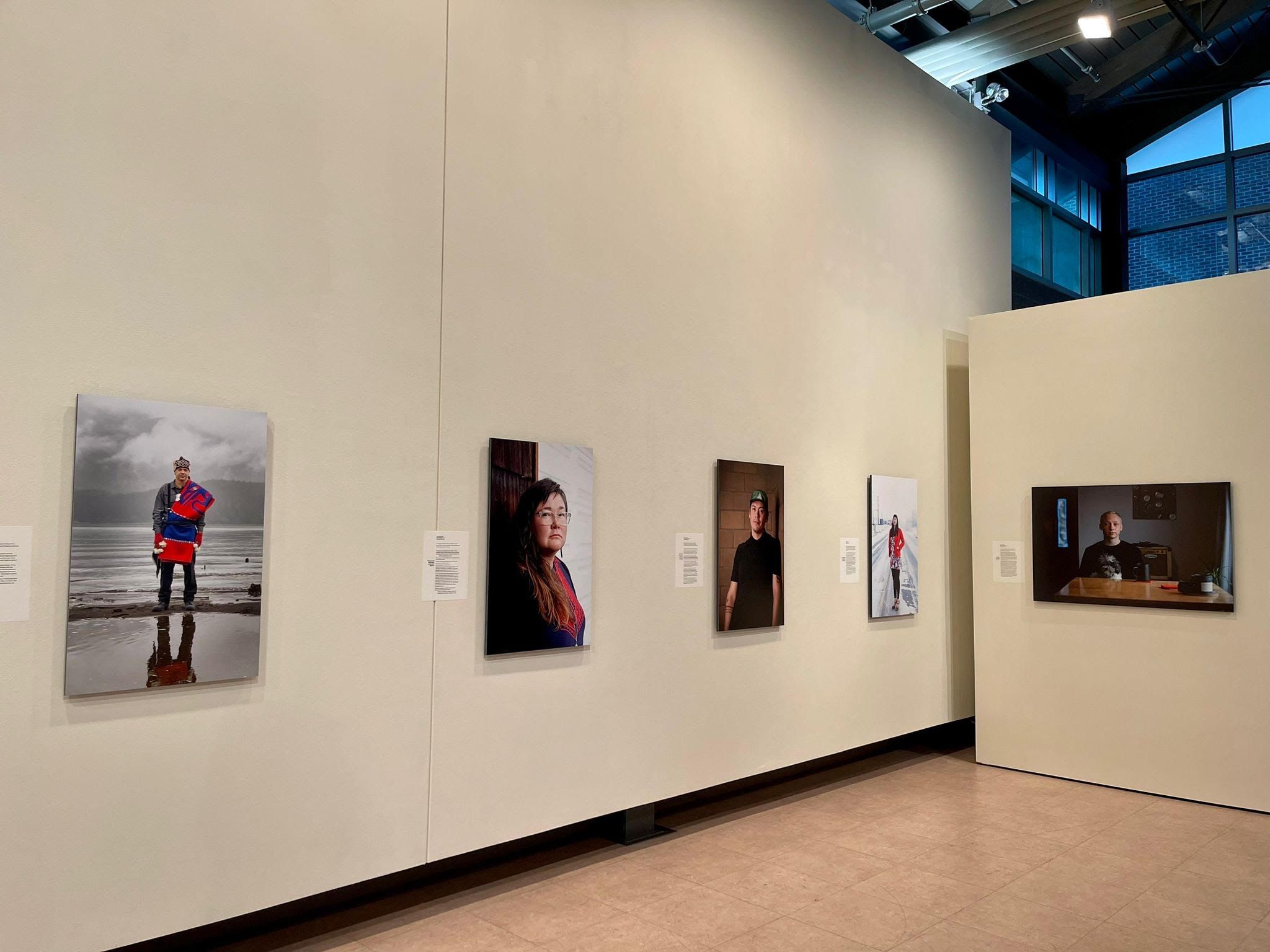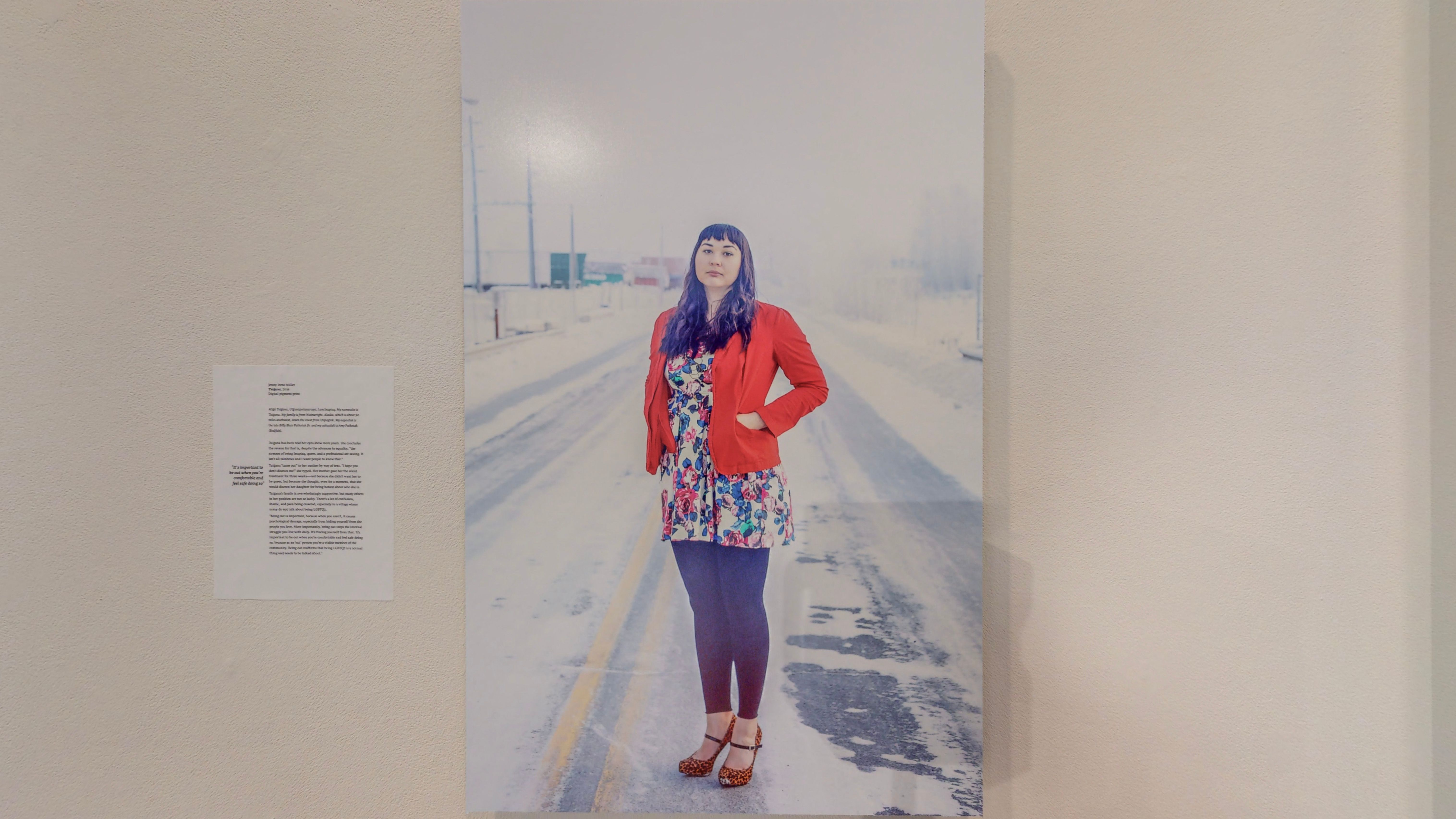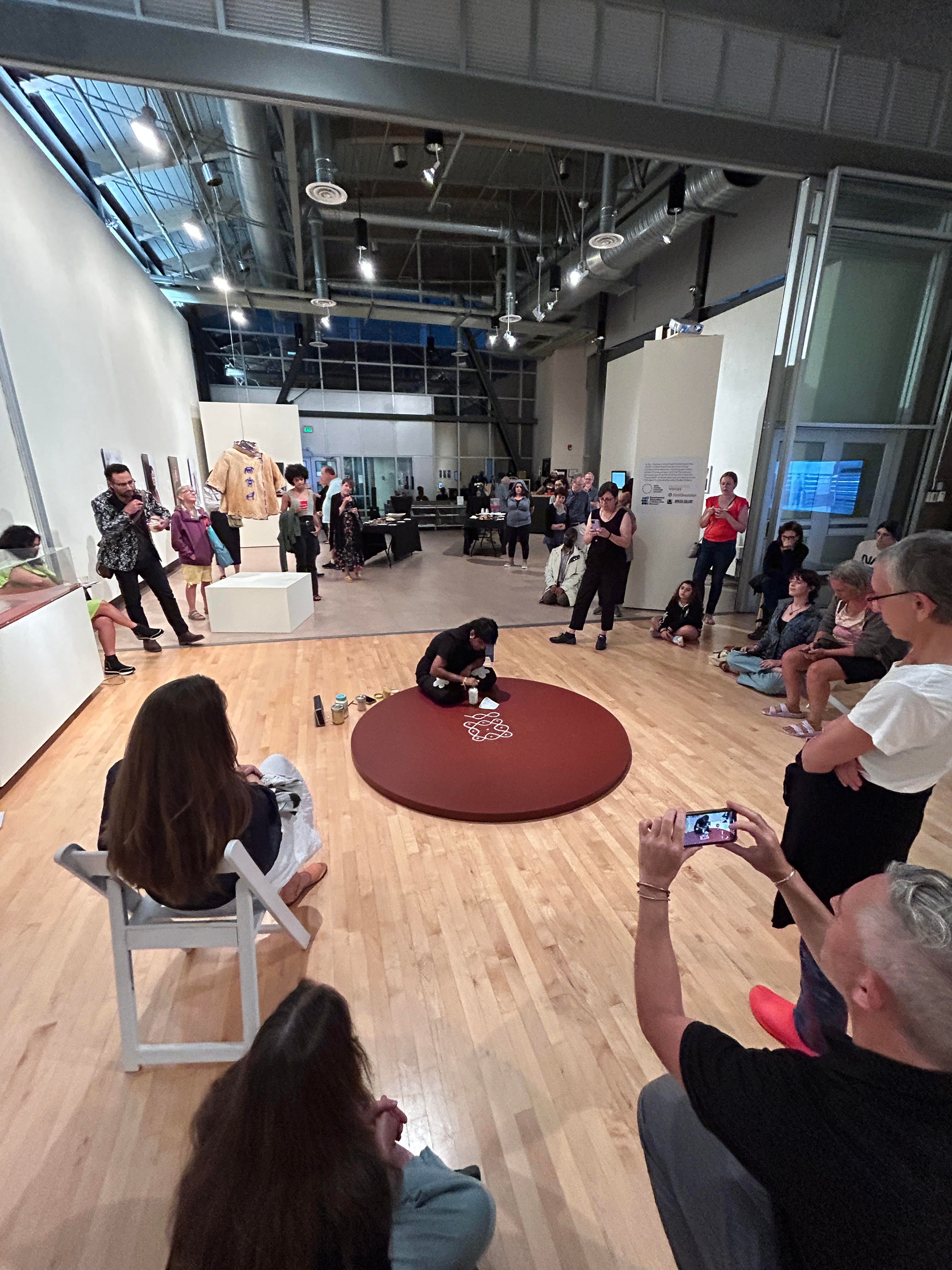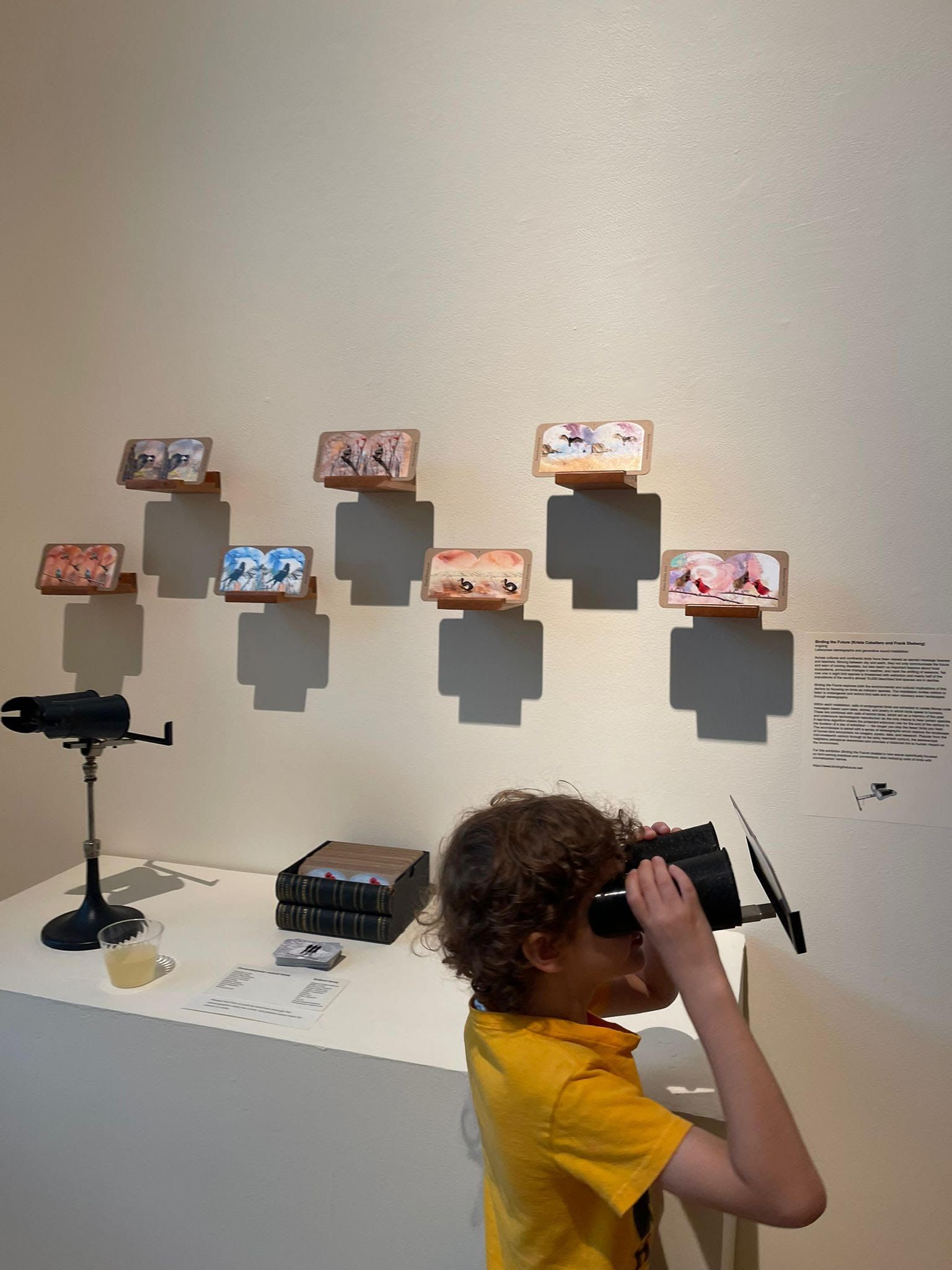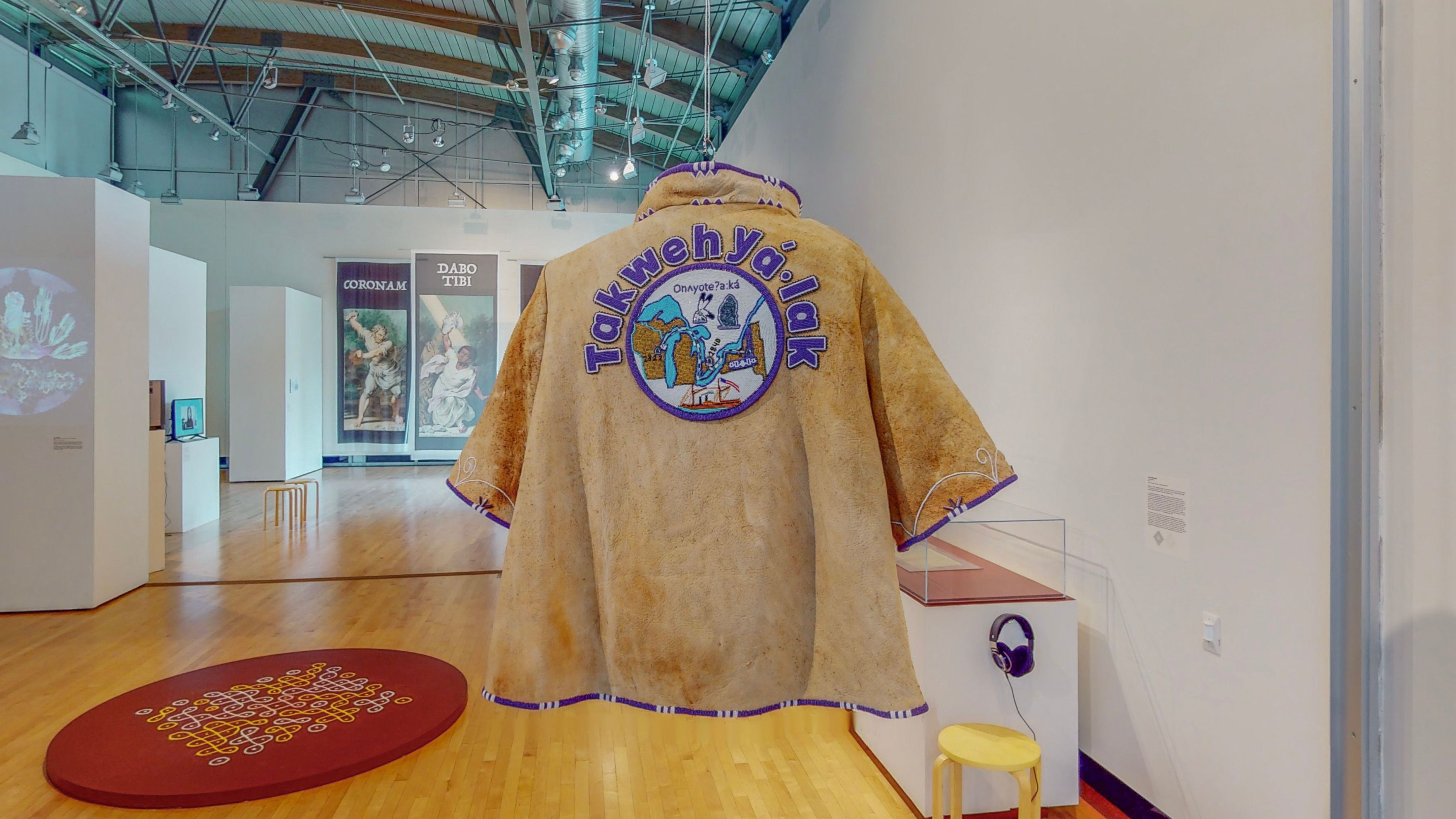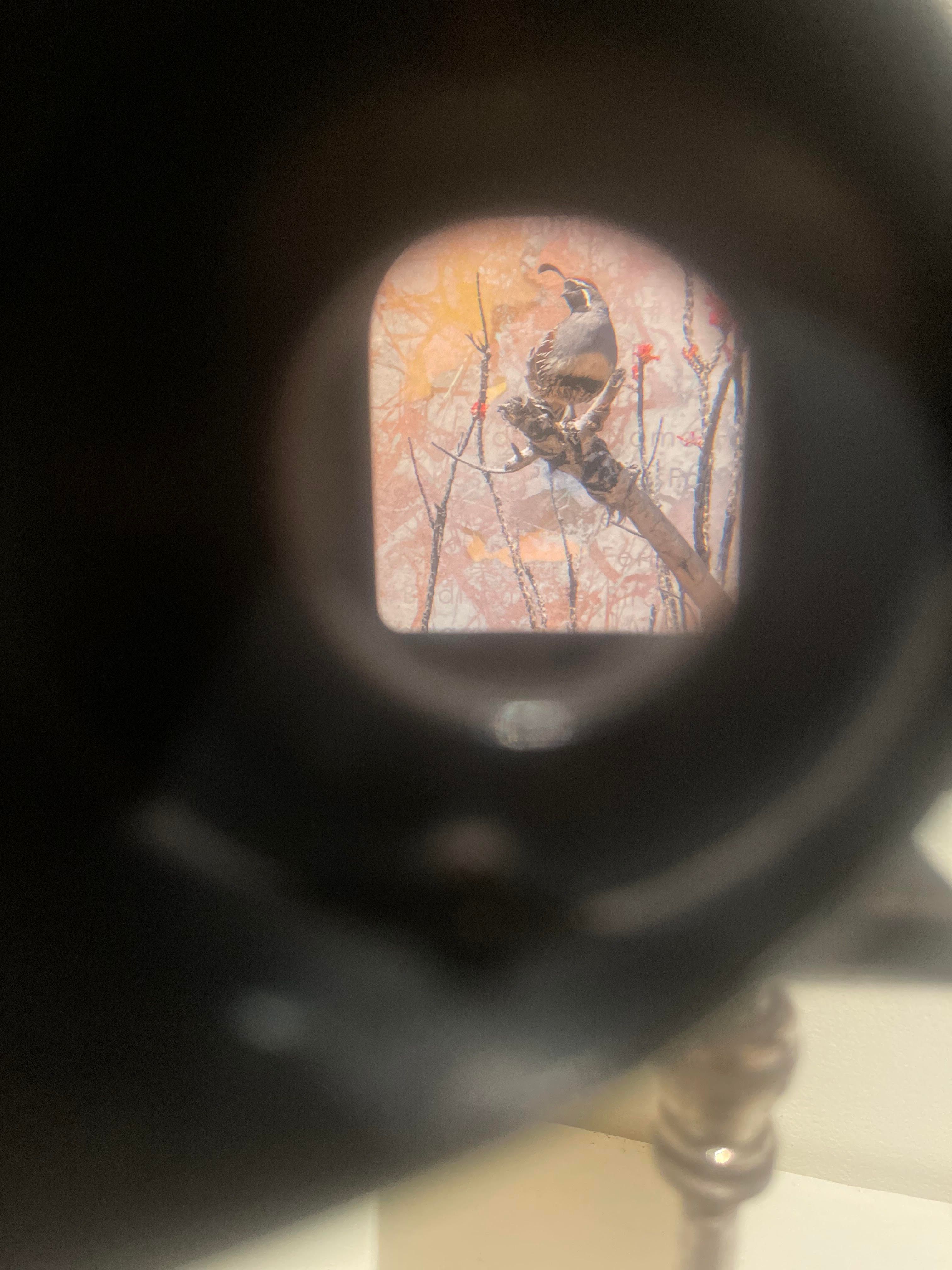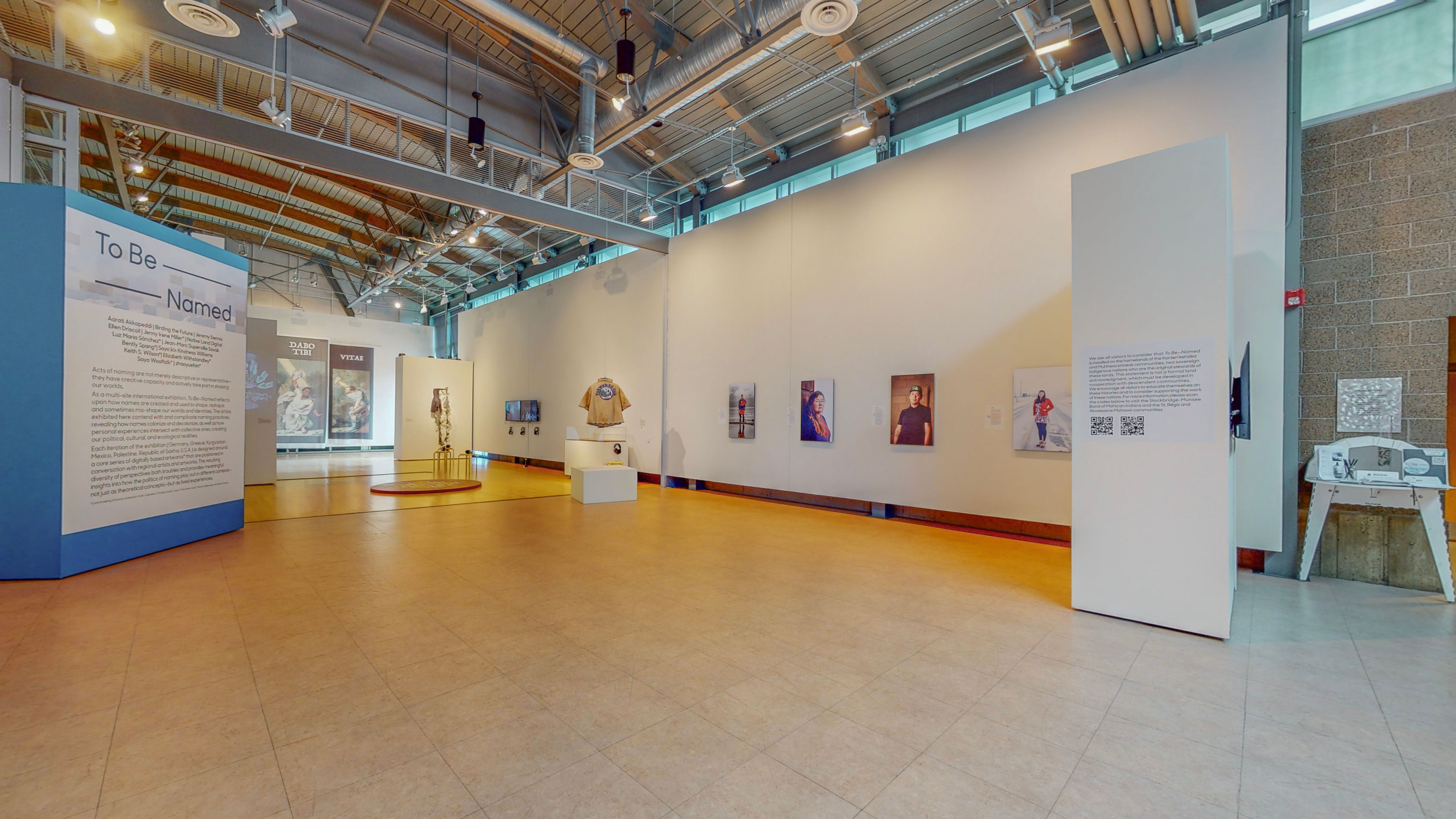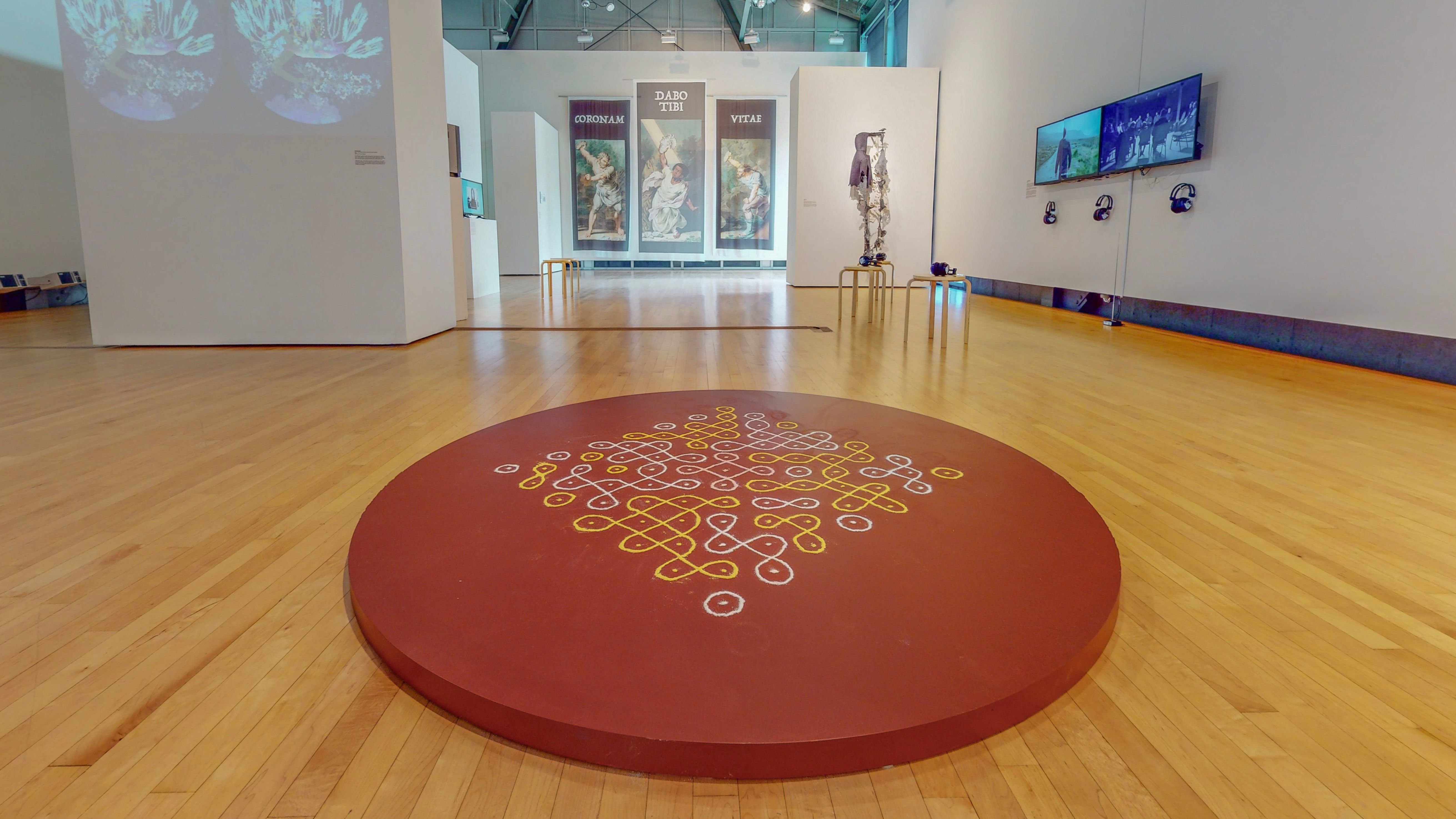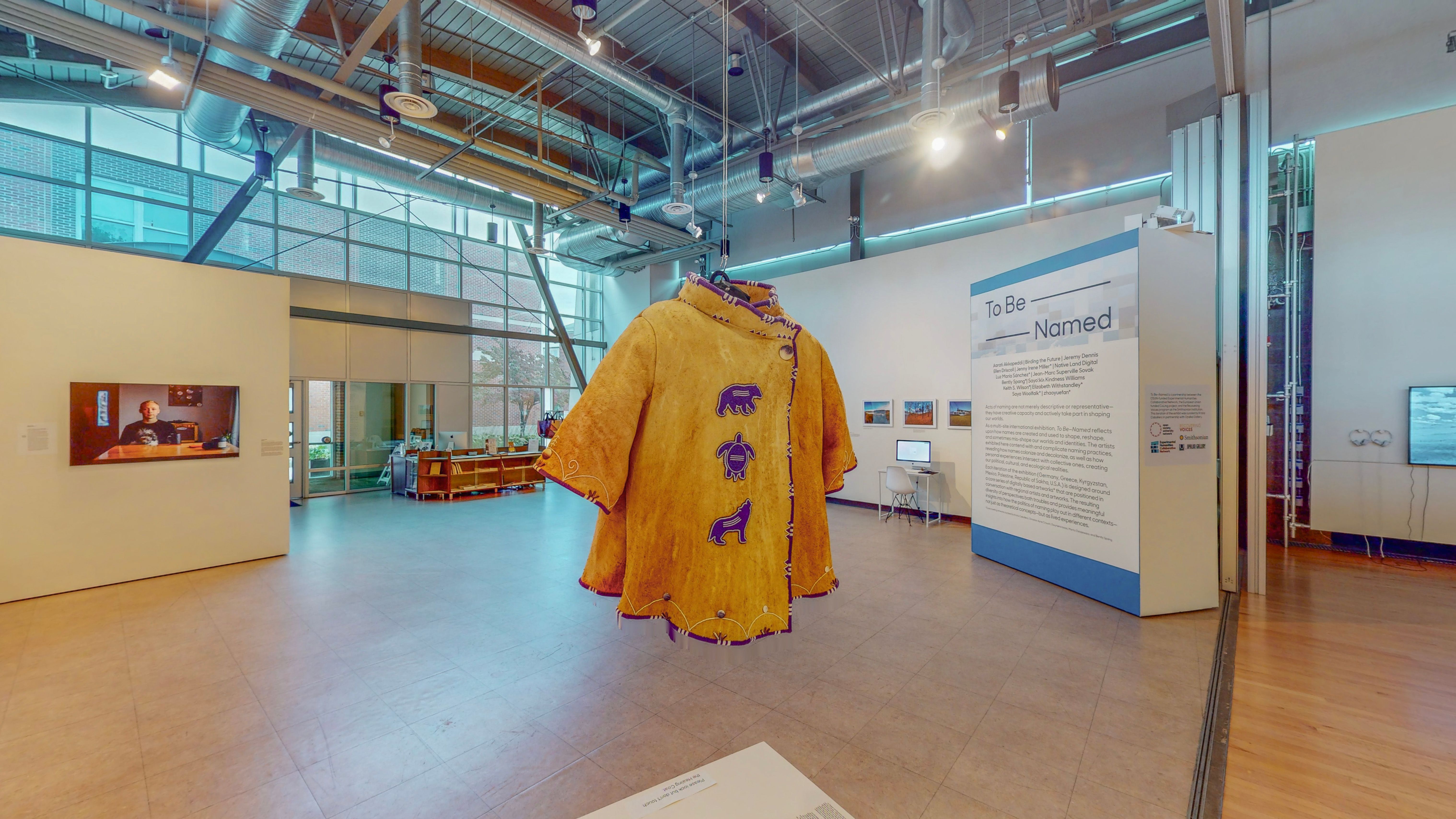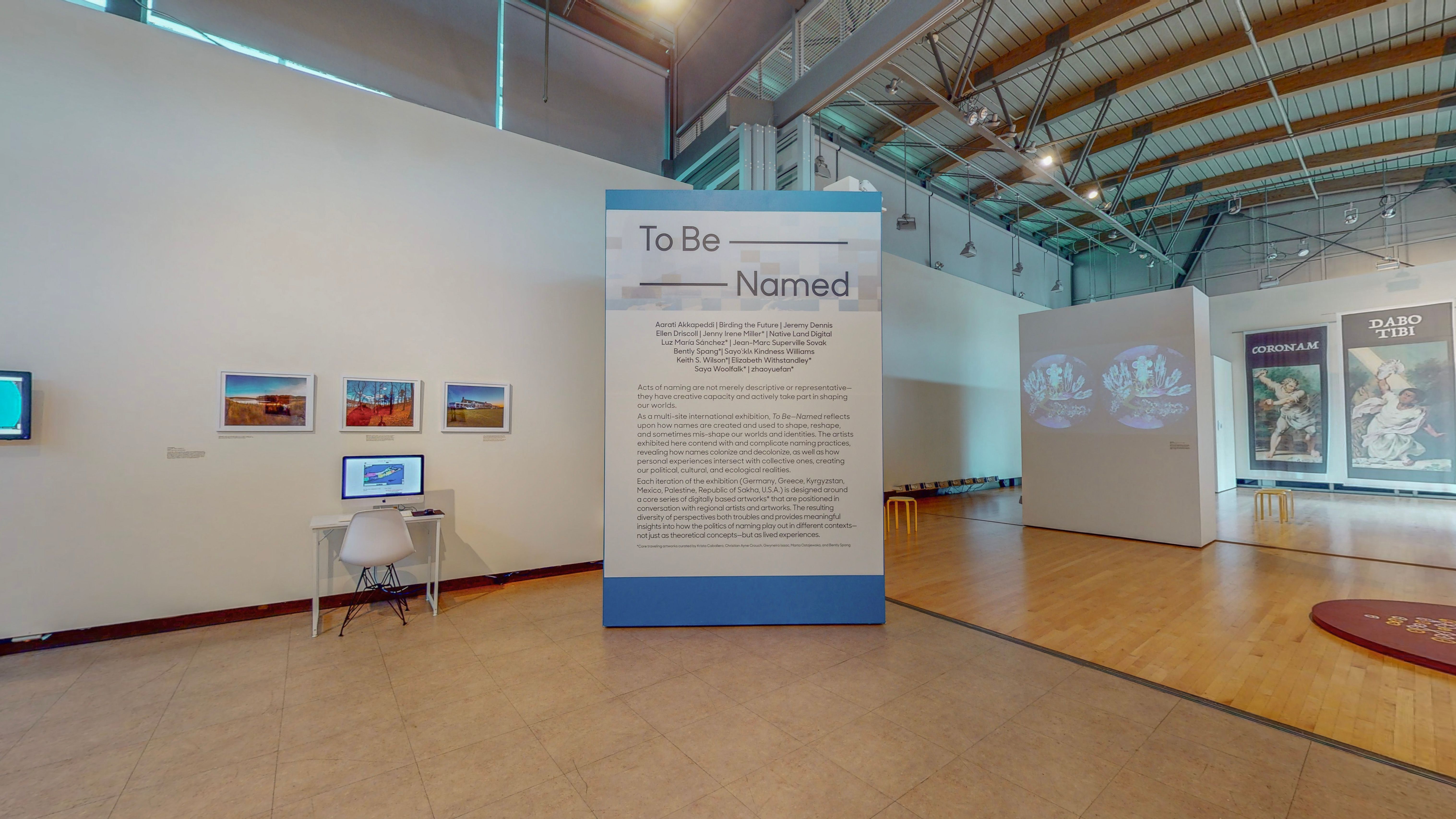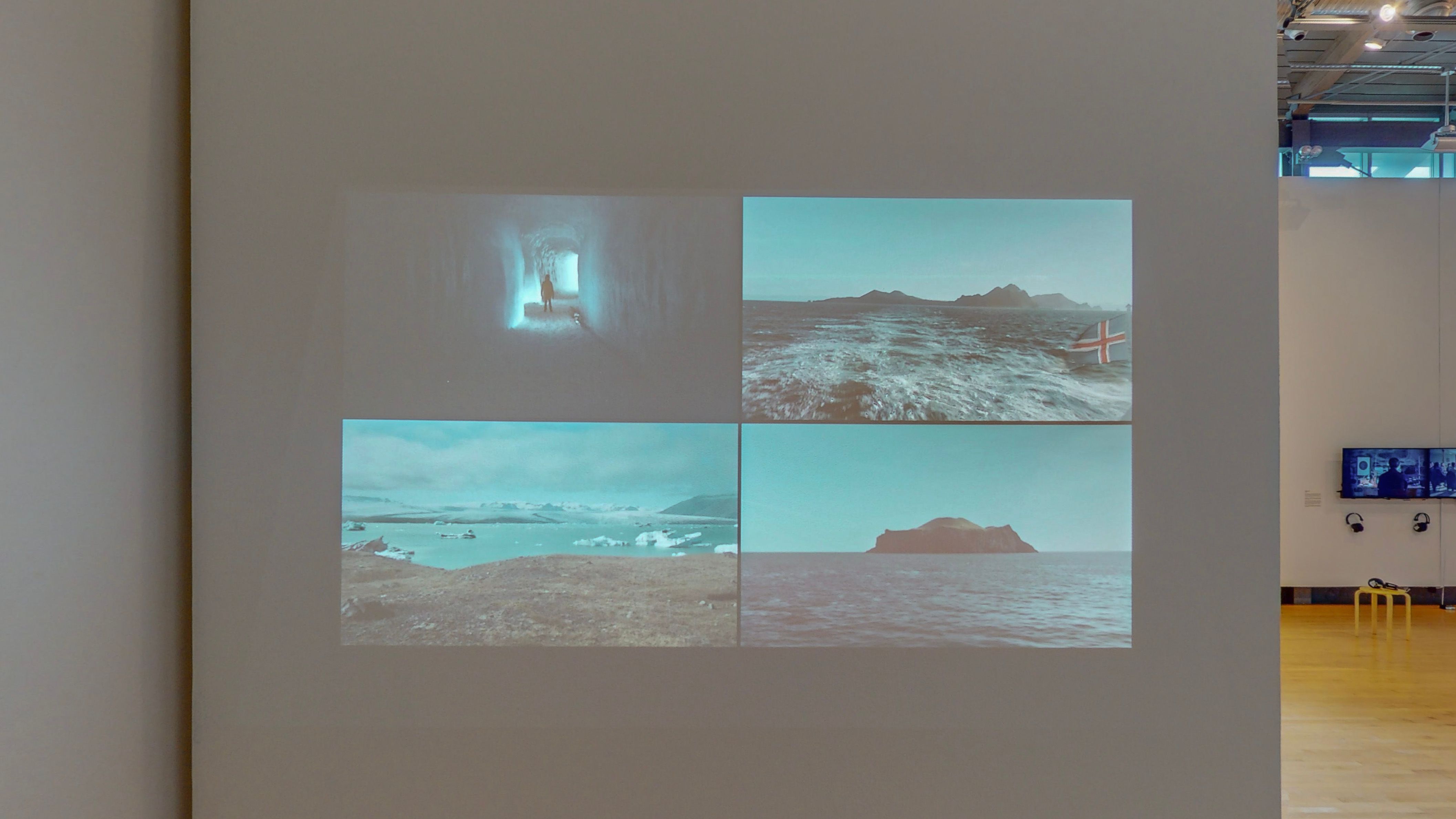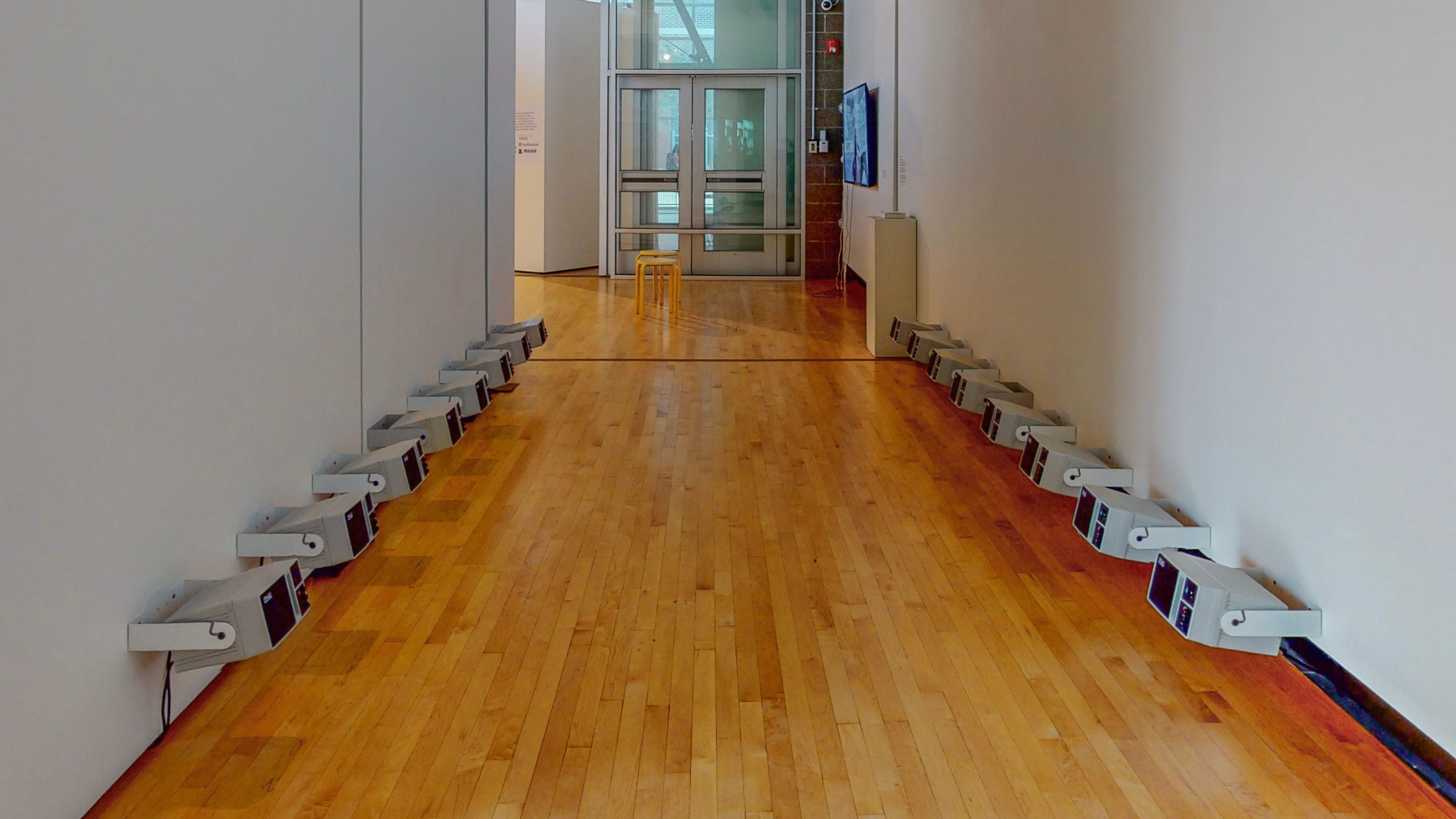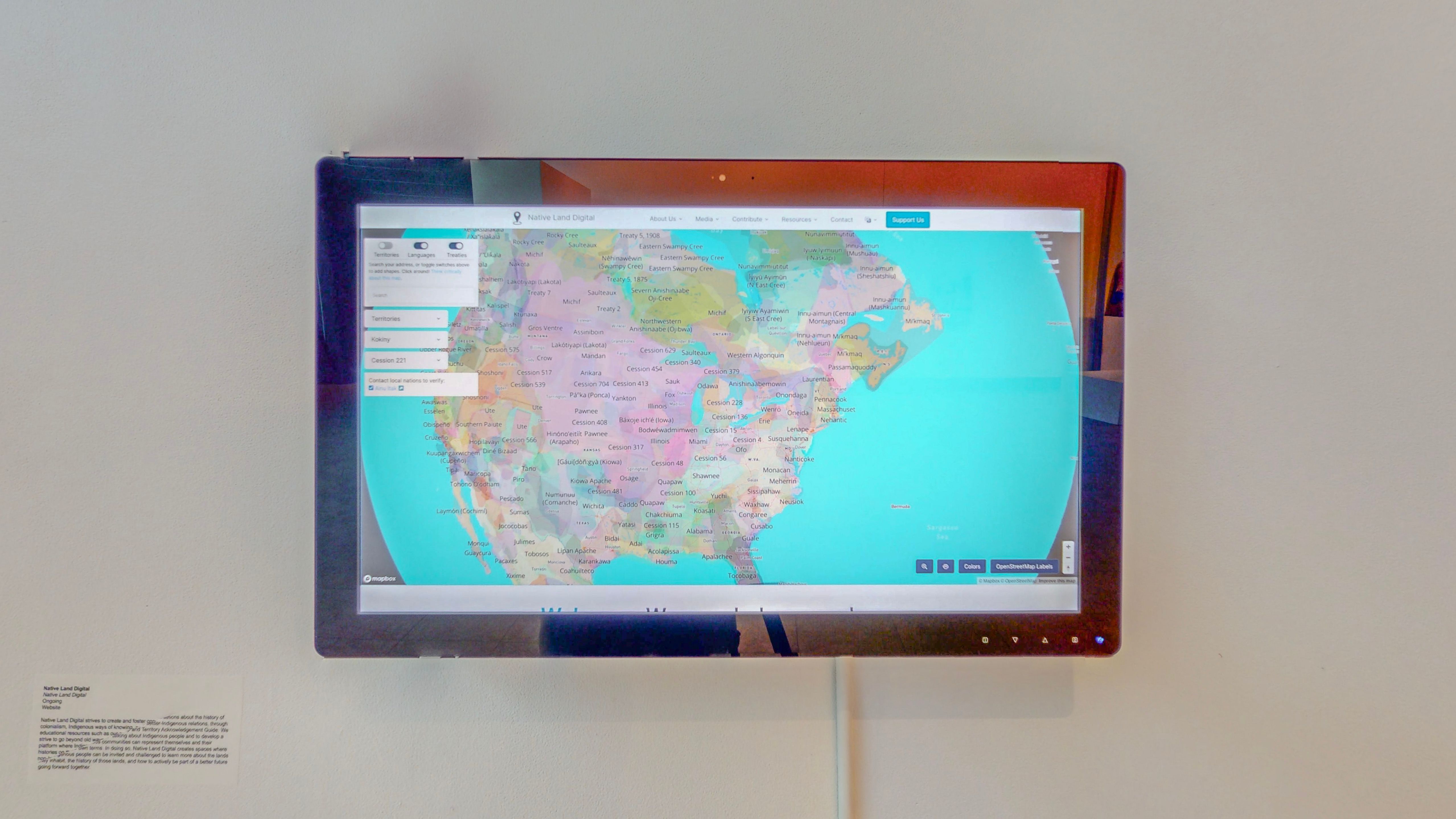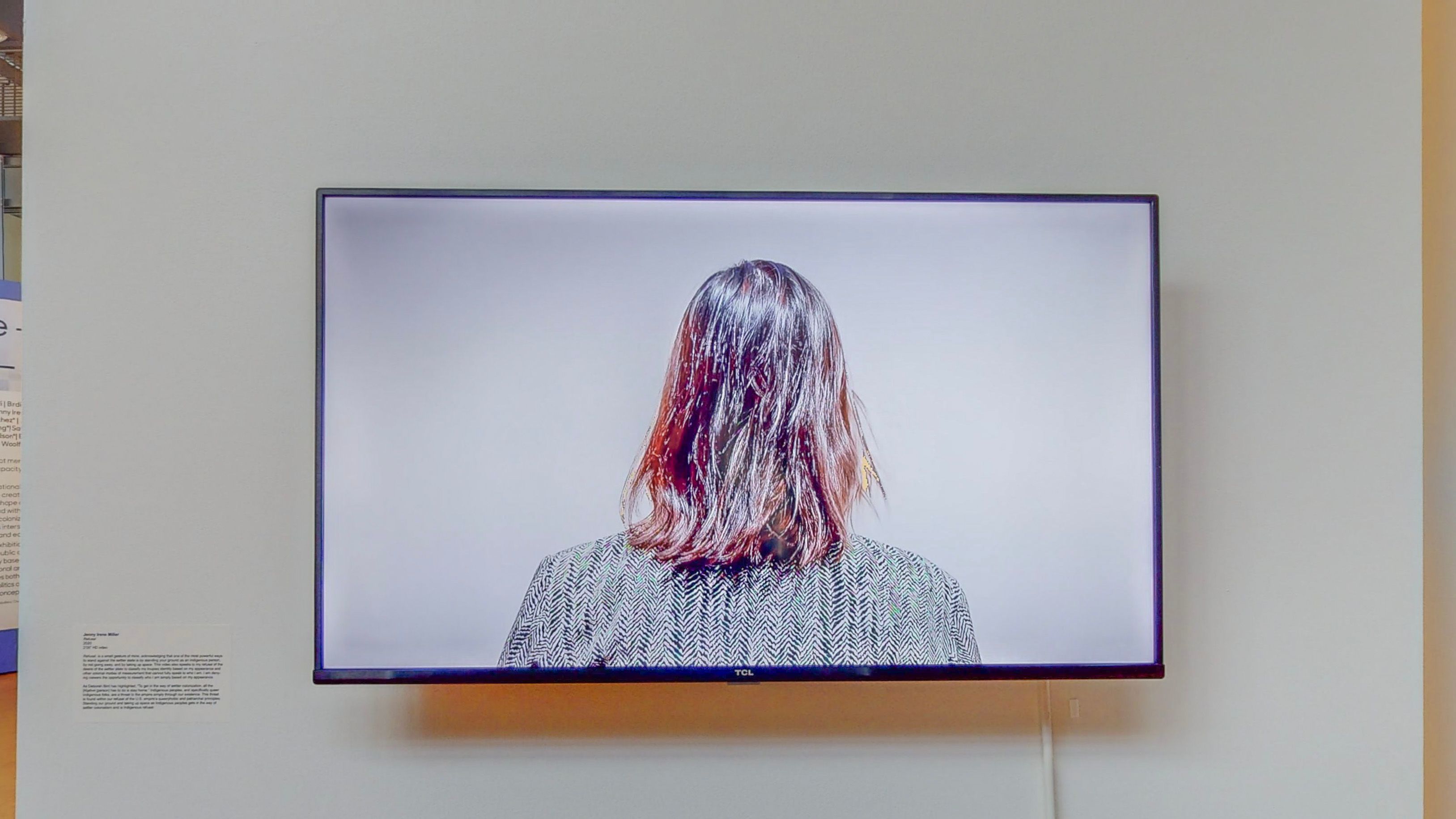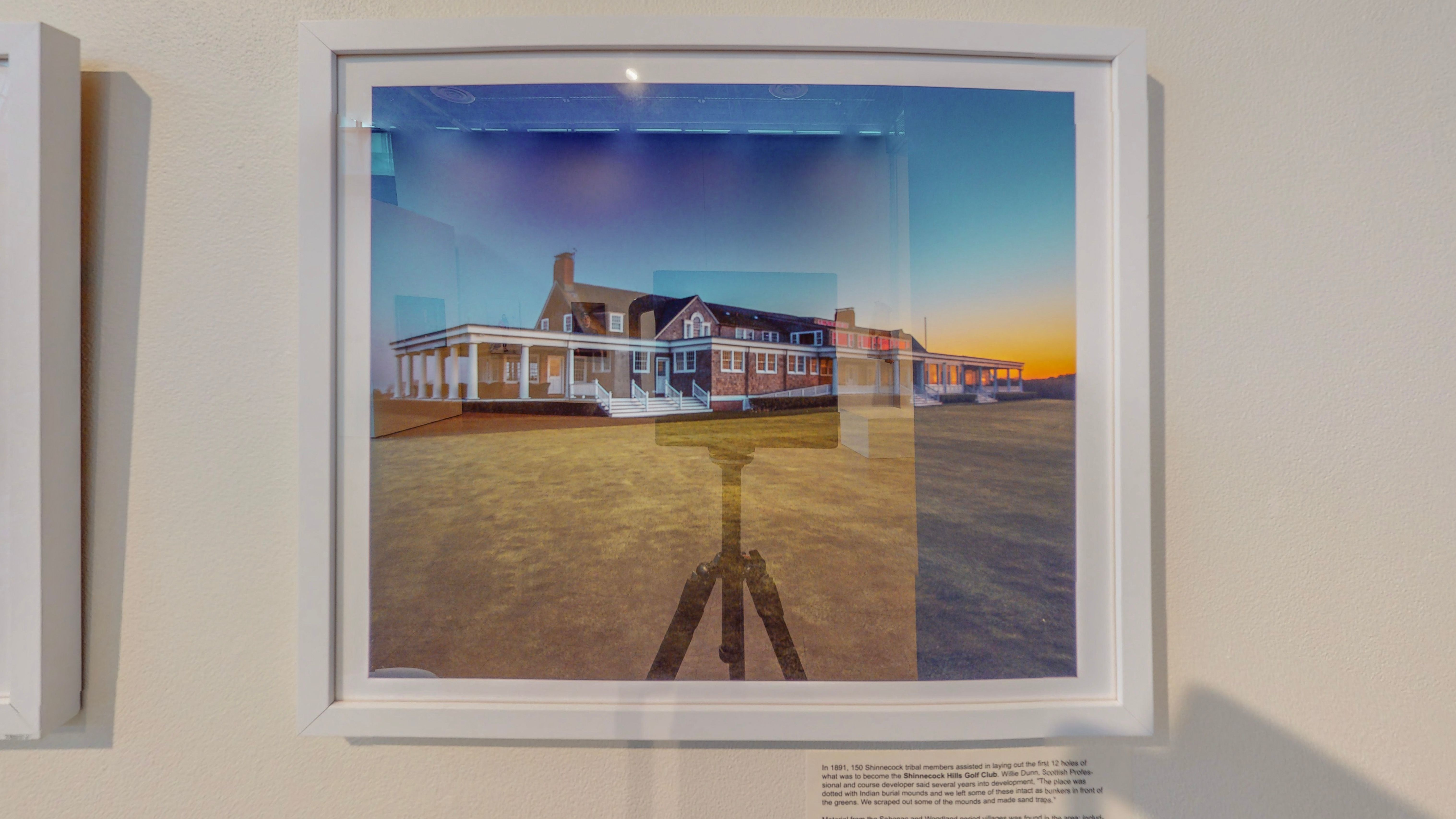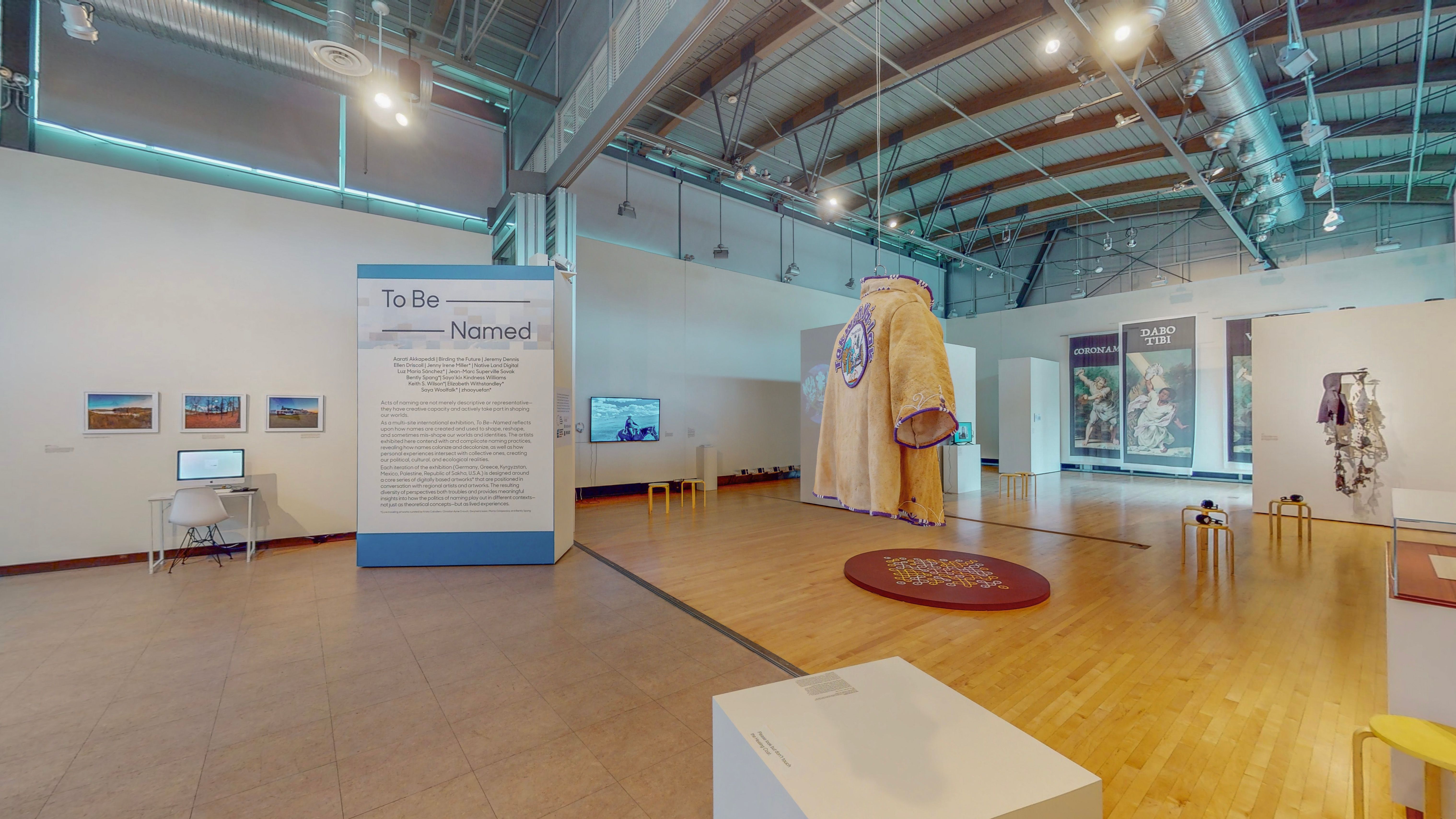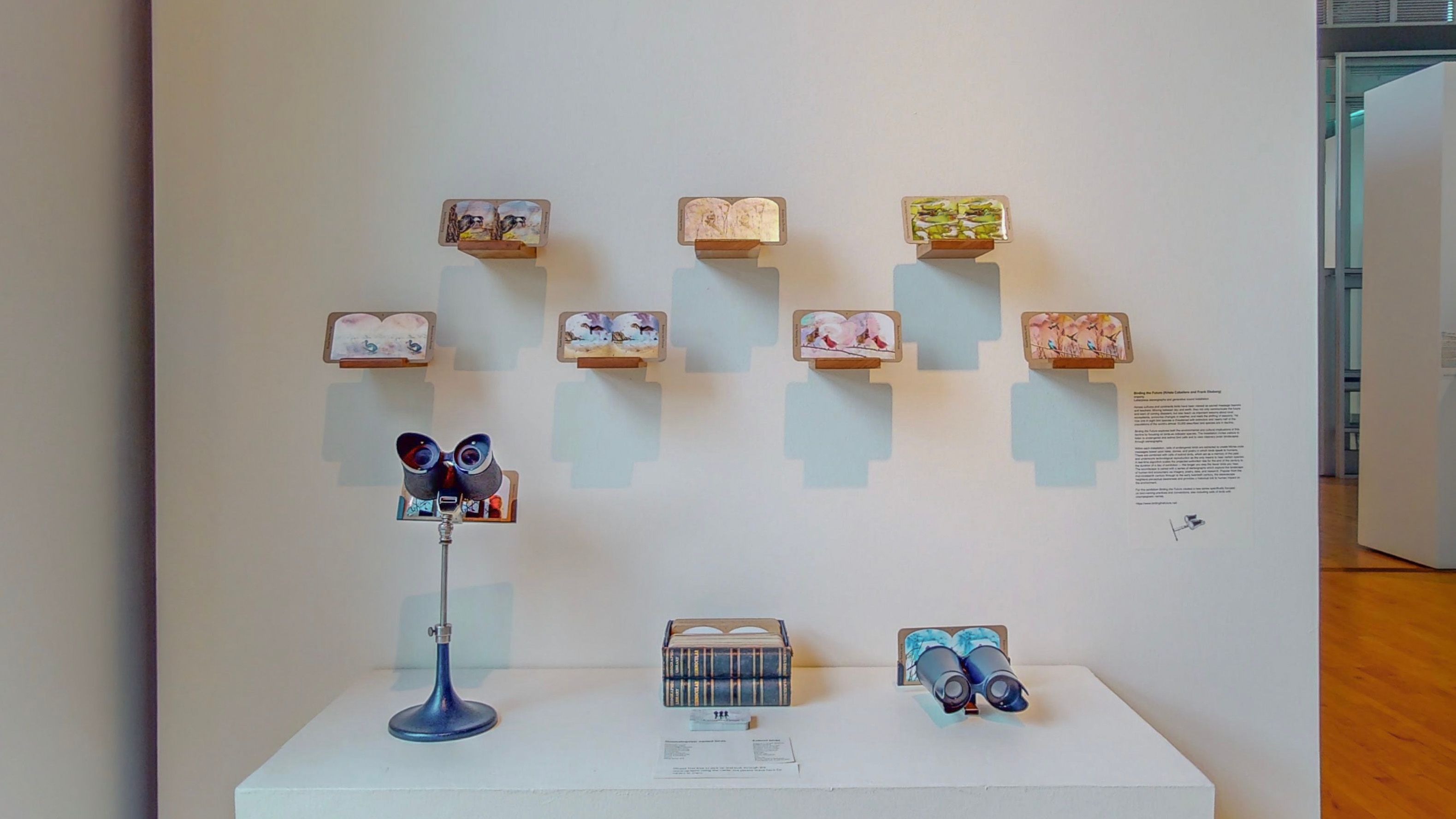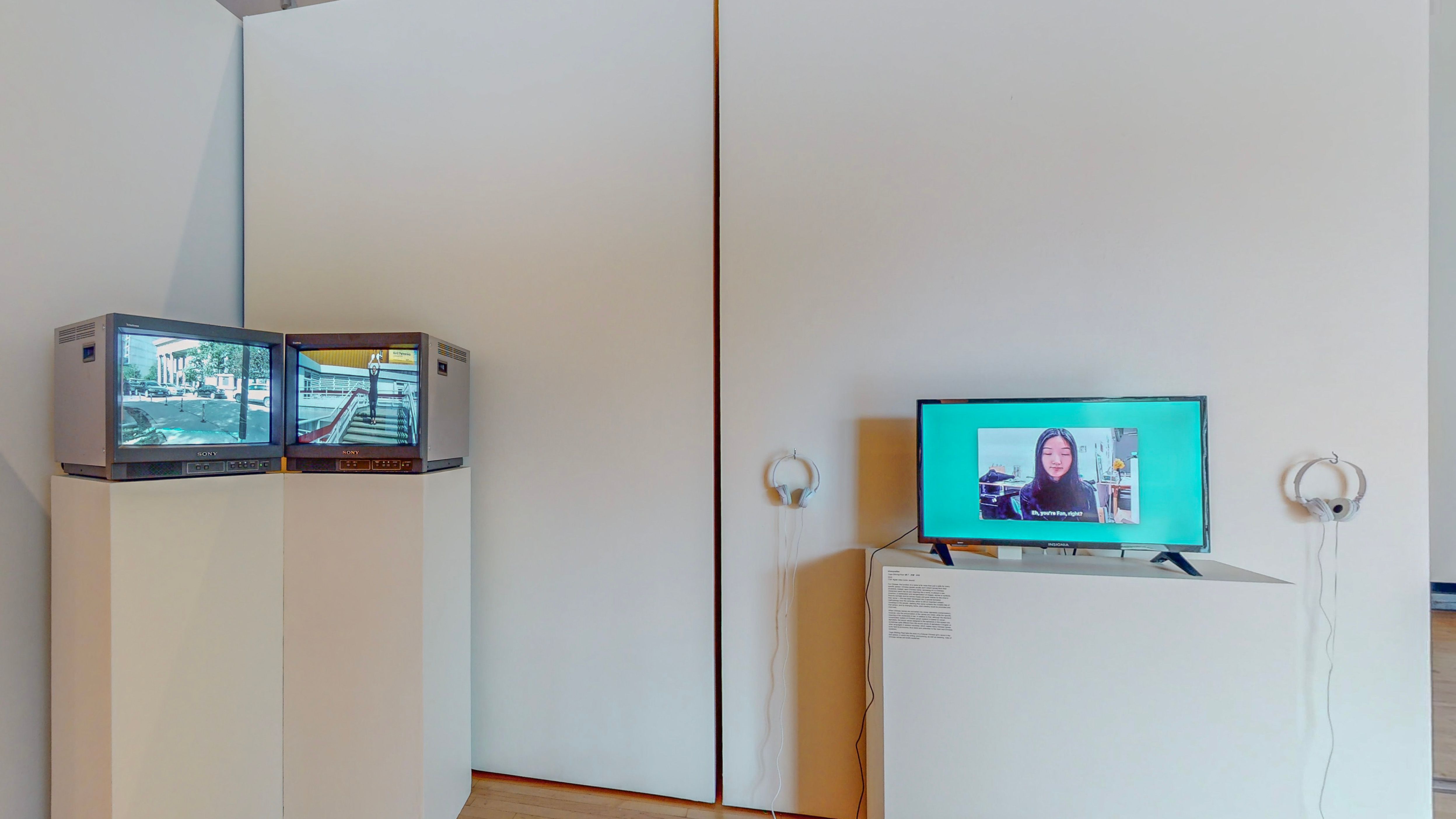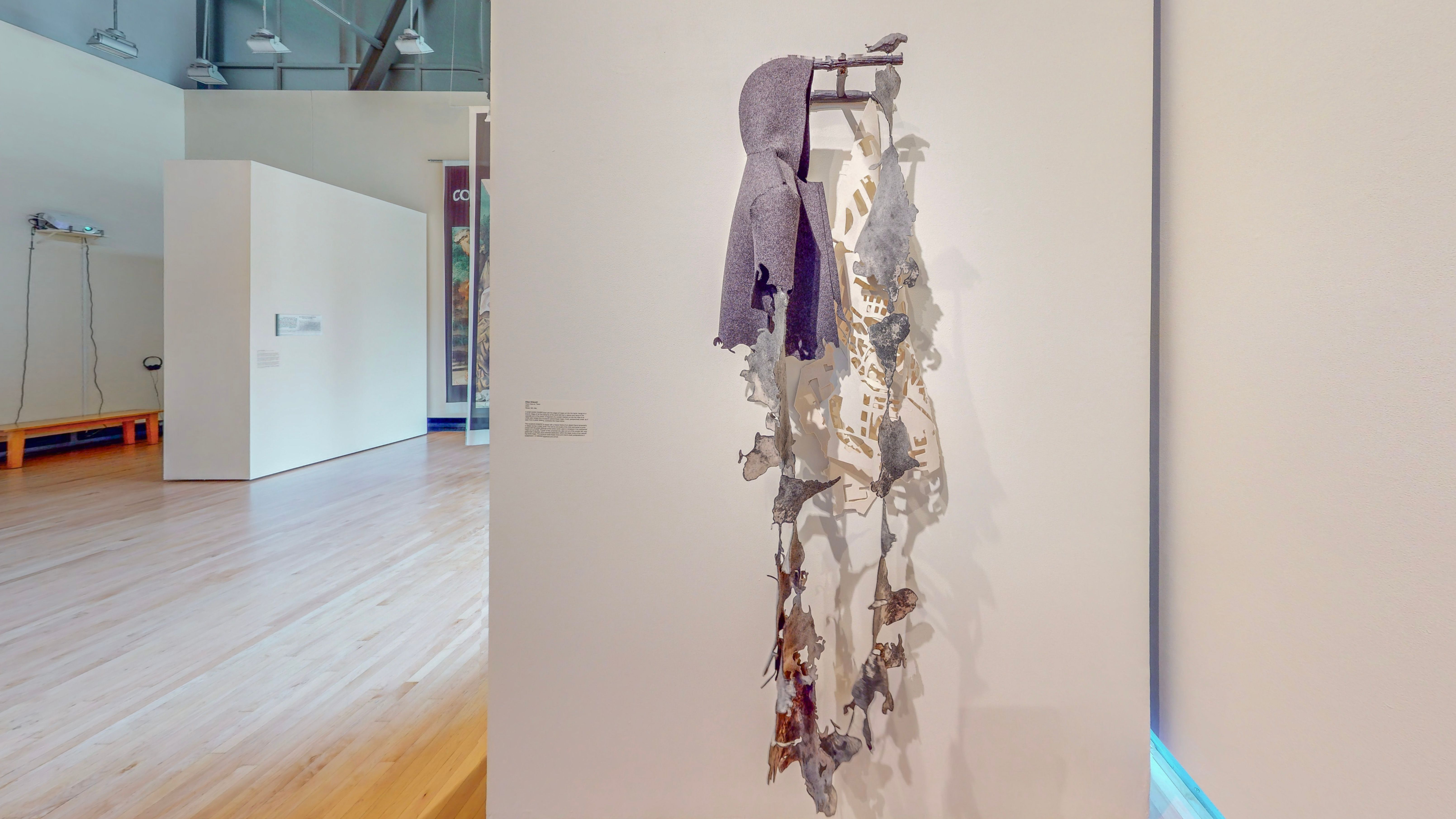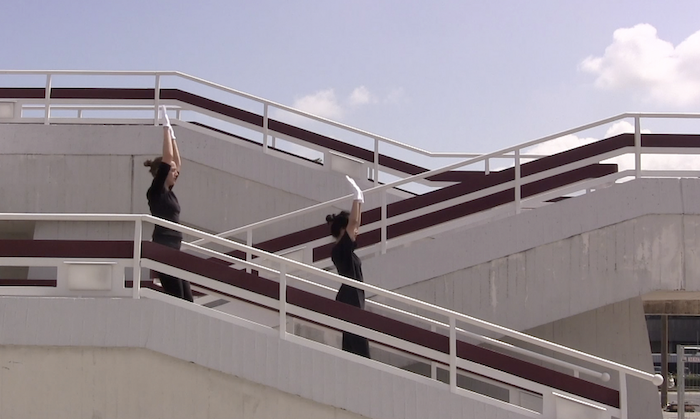
Welcome to Our new portfolio
Hudson Valley, U.S.A.
Sep 01 - Oct 14, 2023
(Opening Reception Sep 8)
Venue: Opalka Gallery, Albany, NY
Curated by Krista Caballero is an interdisciplinary artist exploring issues of agency, survival, and environmental change. Moving freely between traditional and emerging media, her work explores the messy and often surprising encounters between human, ecological, and technological landscapes. In 2010 she created Mapping Meaning, an ongoing project that brings together artists, scientists and scholars through experimental workshops, exhibitions, and transdisciplinary research. Caballero was selected as a 2017 Smithsonian Artist Research Fellow and is now a Smithsonian Research Associate working with the National Museum of Natural History researching the cultural implications of bird species decline. She has also been awarded residencies at the Skowhegan School of Painting and Sculpture, ME; Pyramid Atlantic Art Center, MD; and Caldera Arts, OR. Her artwork has been presented nationally and internationally in exhibitions and festivals such as the International Symposium on Electronic Art (ISEA); the North American Ornithological Conference; “Paradoxes in Video” at Mohsen Gallery in Tehran; EXTREME. ENVIRONMENTS / RAY2018 Photo Triennale in Germany; Balance-Unbalance International Festival in Queensland, Australia; “A New We” at Kunsthall Trondheim in Norway; Foggy Bottom Outdoor Sculpture Biennial, Washington D.C.; and the Association for Computers and the Humanities. Caballero received her MFA from the School of the Museum of Fine Arts/Tufts University and is currently the Co-Director of the Center for Experimental Humanities (EH) and Artist in Residence at Bard College in New York.Krista Caballero
We ask all visitors to consider that this iteration of To Be—Named is installed in the homelands of the Kanien’keháka and Muhheaconneok communities, two sovereign Indigenous nations who are the original stewards of these lands. This statement is not a formal land acknowledgment, which must be developed in cooperation with descendent communities. We encourage all visitors to educate themselves on these histories and to consider supporting the work of these nations. For more information please visit the following:
https://www.mohican.com/
https://www.srmt-nsn.gov/
Acts of naming are not merely descriptive or representative—they have creative capacity and actively take part in shaping our worlds.
As a multi-site international exhibition, To Be—Named reflects upon how names are created and used to shape, reshape, and sometimes mis-shape our worlds and identities. The artists exhibited here contend with and complicate naming practices, revealing how names colonize and decolonize, as well as how personal experiences intersect with collective ones, creating our political, cultural, and ecological realities.
Each iteration of the exhibition (Germany, Greece, Kyrgyzstan, Mexico, Palestine, Republic of Sakha, U.S.A.) is designed around a core series of digitally based artworks* that are positioned in conversation with regional artists and artworks. The resulting diversity of perspectives both troubles and provides meaningful insights into how the politics of naming play out in different contexts—not just as theoretical concepts—but as lived experiences.
*Core traveling artworks curated by Krista Caballero is an interdisciplinary artist exploring issues of agency, survival, and environmental change. Moving freely between traditional and emerging media, her work explores the messy and often surprising encounters between human, ecological, and technological landscapes. In 2010 she created Mapping Meaning, an ongoing project that brings together artists, scientists and scholars through experimental workshops, exhibitions, and transdisciplinary research. Caballero was selected as a 2017 Smithsonian Artist Research Fellow and is now a Smithsonian Research Associate working with the National Museum of Natural History researching the cultural implications of bird species decline. She has also been awarded residencies at the Skowhegan School of Painting and Sculpture, ME; Pyramid Atlantic Art Center, MD; and Caldera Arts, OR. Her artwork has been presented nationally and internationally in exhibitions and festivals such as the International Symposium on Electronic Art (ISEA); the North American Ornithological Conference; “Paradoxes in Video” at Mohsen Gallery in Tehran; EXTREME. ENVIRONMENTS / RAY2018 Photo Triennale in Germany; Balance-Unbalance International Festival in Queensland, Australia; “A New We” at Kunsthall Trondheim in Norway; Foggy Bottom Outdoor Sculpture Biennial, Washington D.C.; and the Association for Computers and the Humanities. Caballero received her MFA from the School of the Museum of Fine Arts/Tufts University and is currently the Co-Director of the Center for Experimental Humanities (EH) and Artist in Residence at Bard College in New York. Dr. Christian Ayne Crouch is associate professor of historical studies and director of American studies at Bard College and currently serves on the council of the Omohundro Institute. She is the author of the award-winning Nobility Lost: French and Canadian Martial Cultures, Indians, and the End of New France (Cornell 2014). Her scholarship has considered topics in Atlantic military culture, French imperial legacies, intersections in Native and African-American history. Her current book project, Queen Victoria’s Captive: A Story of Ambition, Empire, and a Stolen Ethiopian Prince explores the human and material consequences of the 1868 Maqdala Campaign in Ethiopia in Atlantic context. This past year she also worked as the curatorial advisor for the Brooklyn Museum’s exhibit <em>Jeffrey Gibson: When Fire Is Applied to a Stone it Cracks. Marta Ostajewska (º1980, Poland) performer and visual artist, PhD researcher at the Academy of Fine Arts in Krakow and at the University of Warsaw (Artes Liberales). Her M.A. in Multimedia Design was received from School of Arts in Ghent. She graduated also at the University of Lodz (Theory of literature). Her artistic activities were presented in several galleries and at the international theater’s stages: Croxhapox Gallery, Campo Victoria, Nieuwpoorttheater, NTGENT in Ghent, Rozentheater in Amsterdam, The Manhattan Gallery, Prexer, Factory of Art, Gallery Kobro, Posiadło Ksiezy Mlyn, Free Space Gallery in Lodz, Articule Gallery in Montreal, Industra Gallery in Brno. She has participated in many international projects, among others, in the artistic residency Human Hotel: Copenhagen in Denmark and in the international festivals (BIO50 in Ljubljana, RIAP2014 in Quebec City, Canada, PAB2015 in Bergen, Norway). She is co-chief editor of the artistic magazine Woof Woof Arf Arf. She publishes her artistic works and theoretical texts related to the modern art scene, site-specific art and performance art on the international stage. Tsitsistas/Suhtai Nation, Montana, United States BENTLY SPANG is an independent multidisciplinary artist, educator, writer, curator and an enrolled member of the Tsitsistas/Suhtai Nation (a.k.a. Northern Cheyenne) in Montana, who works in mixed media sculpture, video, performance, photography and installation. His work confronts and confounds the persistent, romantic and inaccurate role crafted for Native people in the false narrative of ‘The West.’ He is in museum collections in the US and Europe and has exhibited at such venues as the Metropolitan Museum of Art, the Brooklyn Museum, the National Museum of the American Indian and the Nelson-Atkins Museum. He has an MFA in Sculpture from the University of Wisconsin-Madison and a BS in Art and Business from Eastern Montana College (a.k.a. MSU-Billings). He is a 2018 recipient of the Native Arts and Culture Foundation National Artist Fellowship.Krista Caballero
Christian Ayne Crouch
Marta Ostajewska
Bently Spang

Special thanks: Gina Occhiogrosso, Opalka Exhibitions and Marketing Manager


